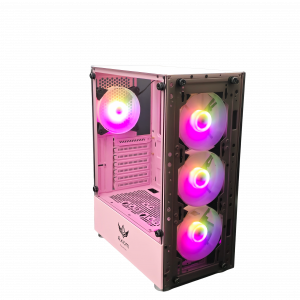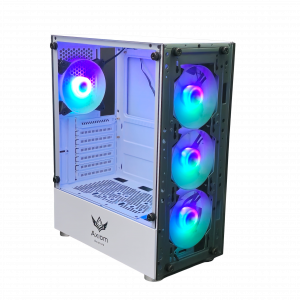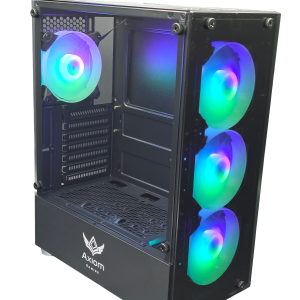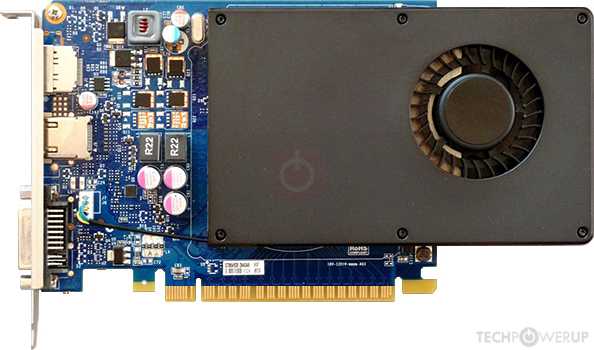The GTX 645: A Look Back at an Entry-Level GPU
The NVIDIA GeForce GTX 645 was an entry-level graphics card released in 2013, part of the GeForce 600 series, based on the Kepler architecture. Though modest in power compared to today’s hardware, the GTX 645 played an important role in the lineup of affordable GPUs at the time, offering solid performance for budget-conscious gamers and home office users. In this post, we’ll explore the features, performance, and legacy of the GTX 645 to understand its role in the evolution of graphics processing.
A Snapshot of the GTX 645’s Specifications
To get a sense of what the GTX 645 brought to the table, let’s break down some of its core specifications:
- Architecture: Kepler
- CUDA Cores: 384
- Base Clock Speed: 823 MHz
- Memory: 1GB or 2GB GDDR5
- Memory Interface: 128-bit
- Memory Bandwidth: Around 57.6 GB/s
- TDP: 65 watts
The GTX 645’s modest specs made it a solid choice for users who wanted decent graphics performance without the power consumption and heat generation of more powerful GPUs. Its compact size and low TDP also allowed it to fit into smaller cases, making it an attractive option for compact builds and office PCs.
Performance: A Capable Entry-Level GPU
When it was first released, the GTX 645 could handle a range of games, especially at lower resolutions like 720p or 900p, and with moderate graphical settings. Here’s a closer look at its gaming capabilities:
- Casual and Older Titles: The GTX 645 could run less-demanding or older games like League of Legends, Counter-Strike: Global Offensive, and World of Warcraft at medium to high settings with decent frame rates.
- Modern AAA Titles (2013): For more demanding games at the time, like Far Cry 3 and Tomb Raider, the GTX 645 struggled at high settings. Lowering the settings to medium allowed for playable frame rates, especially at 720p.
- 1080p Gaming: While the GTX 645 could output 1080p resolution, it often struggled with modern AAA games, making it more suitable for titles with lower system requirements.
The GTX 645 was not meant to be a powerhouse but rather a reliable, budget-friendly option for entry-level gaming and multimedia tasks. For everyday use, such as streaming HD video and light photo editing, the card performed admirably.
Kepler Architecture: Efficiency and Flexibility
The GTX 645 was built on NVIDIA’s Kepler architecture, which brought several innovations, including:
- Enhanced Power Efficiency: The Kepler architecture improved power efficiency over its predecessors, making the GTX 645 ideal for smaller, less power-hungry builds.
- CUDA and Compute Support: With 384 CUDA cores, the GTX 645 provided support for CUDA applications, allowing it to assist with parallel processing tasks, such as video rendering or basic computational workloads.
While Kepler was later outpaced by the Maxwell and Pascal architectures, it laid the groundwork for the power-efficient designs NVIDIA would continue to refine.
Legacy and Continued Use
Today, the GTX 645 is far from the cutting edge, but it still holds a special place in the hearts of gamers who first got their hands on it. It serves as a reminder of the steady march of technology and the continuous push for better performance at lower prices. In fact, you might still find GTX 645s in legacy systems used for web browsing, office work, or even retro gaming setups.
In many ways, the GTX 645 represents an era when graphics technology became more accessible, opening the doors for more gamers and creative professionals on a budget. Although it can’t compete with modern GPUs, its role as an affordable and capable card during its time shouldn’t be overlooked.
Conclusion
The NVIDIA GTX 645 may not be a high-end powerhouse, but it provided an entry-level option for gamers, students, and professionals looking for a budget-friendly GPU that delivered decent performance for the price. It remains a nostalgic piece of hardware, embodying the balance between affordability and capability that NVIDIA aimed to provide with its 600 series.
Whether you’re revisiting the GTX 645 out of curiosity or setting up an older system, it serves as a testament to how far we’ve come in the world of graphics technology. Today’s GPUs might be leagues ahead in power, but the GTX 645’s role in democratizing gaming and graphics processing for all can’t be underestimated.







